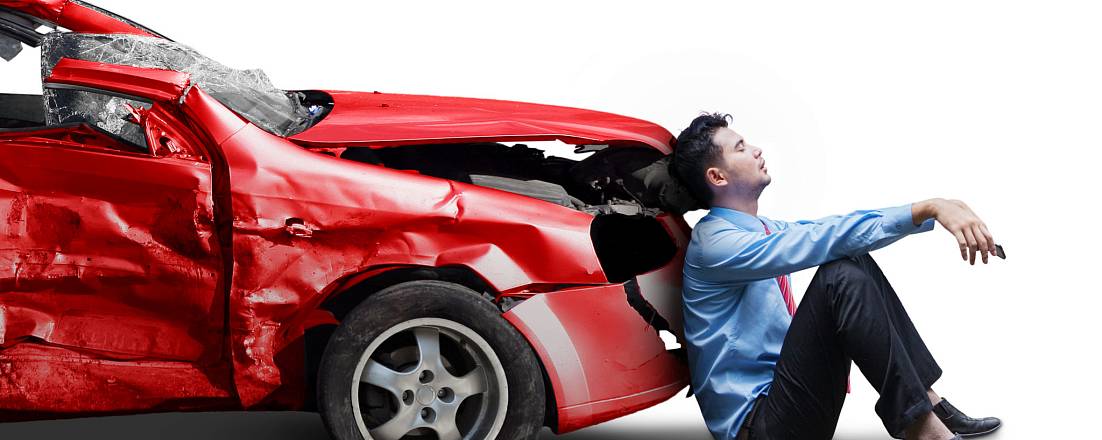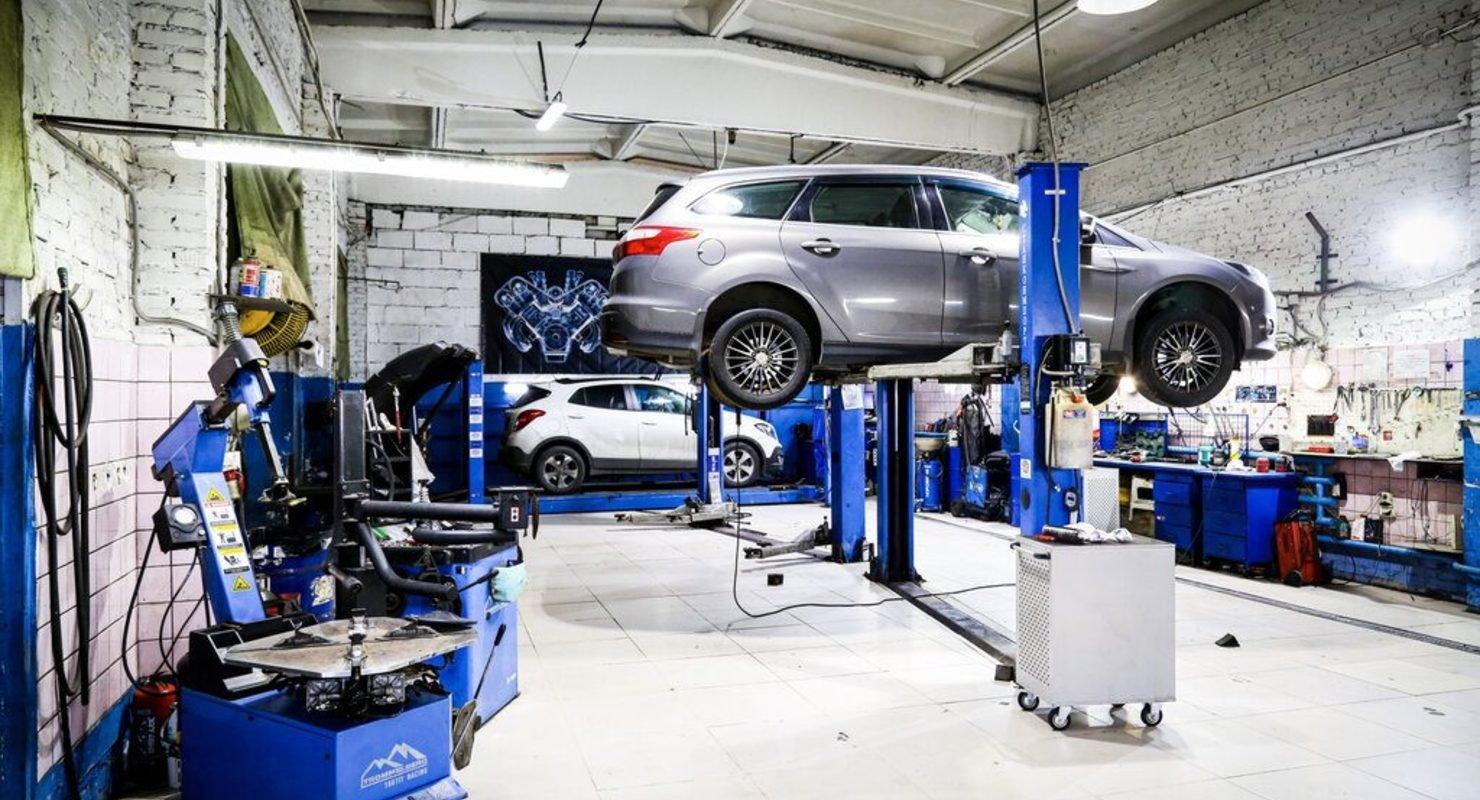Buying a car is a responsible business, especially if it is a second-hand vehicle. In Cyprus, as in any other country, there is a risk of buying a car that has been in an accident. At the same time, the seller is not always in a hurry to tell you about this fact. Here are 5 important signs that may indicate that a car in Cyprus is being sold after an accident.
1. Irregularities and differences in body colour
The first thing to look out for is the condition of the car's paintwork. If some areas of the bodywork are slightly different in colour or show signs of poor quality paintwork, this may indicate that the car has been repainted after being repaired.
What should be done?
- Inspect the body parts under the rubber seals on the doors, windows and boot lid. The enamel on these elements should not differ from the colour of the whole part. A slight difference in shade is allowed, taking into account the natural ageing of the paintwork (paintwork).
- Pay attention to installed accessories, mouldings, overlays, plastic sills, etc. Damage or defects may be hidden underneath.
- Take time to look for corrosion. Parts of the bodywork that have been repaired by heating the metal are more susceptible to corrosion, as heating destroys the protective coating. Rusty ‘bugs’ at the joints between the roof and the struts, sills, arches, lower part of the doors may indicate repair work.
- Inspect the paintwork from different angles, especially on metallic and pearlescent cars, where the paintwork is less visible. If the element has been painted, you can see the difference in shade when changing the angle of view.
- Check the thickness of the coating. To do this, you will need to get a special device (thickness gauge). It shows the coating layer in micrometres. As a rule, the factory norm is up to 200 micrometres. Readings within 200-300 micrometres indicate that the element was painted, up to 1 thousand micrometres - the presence of putty (the part was deformed), more than 1 thousand micrometres on the load-bearing elements of the body - about severe damage and restoration of the car.
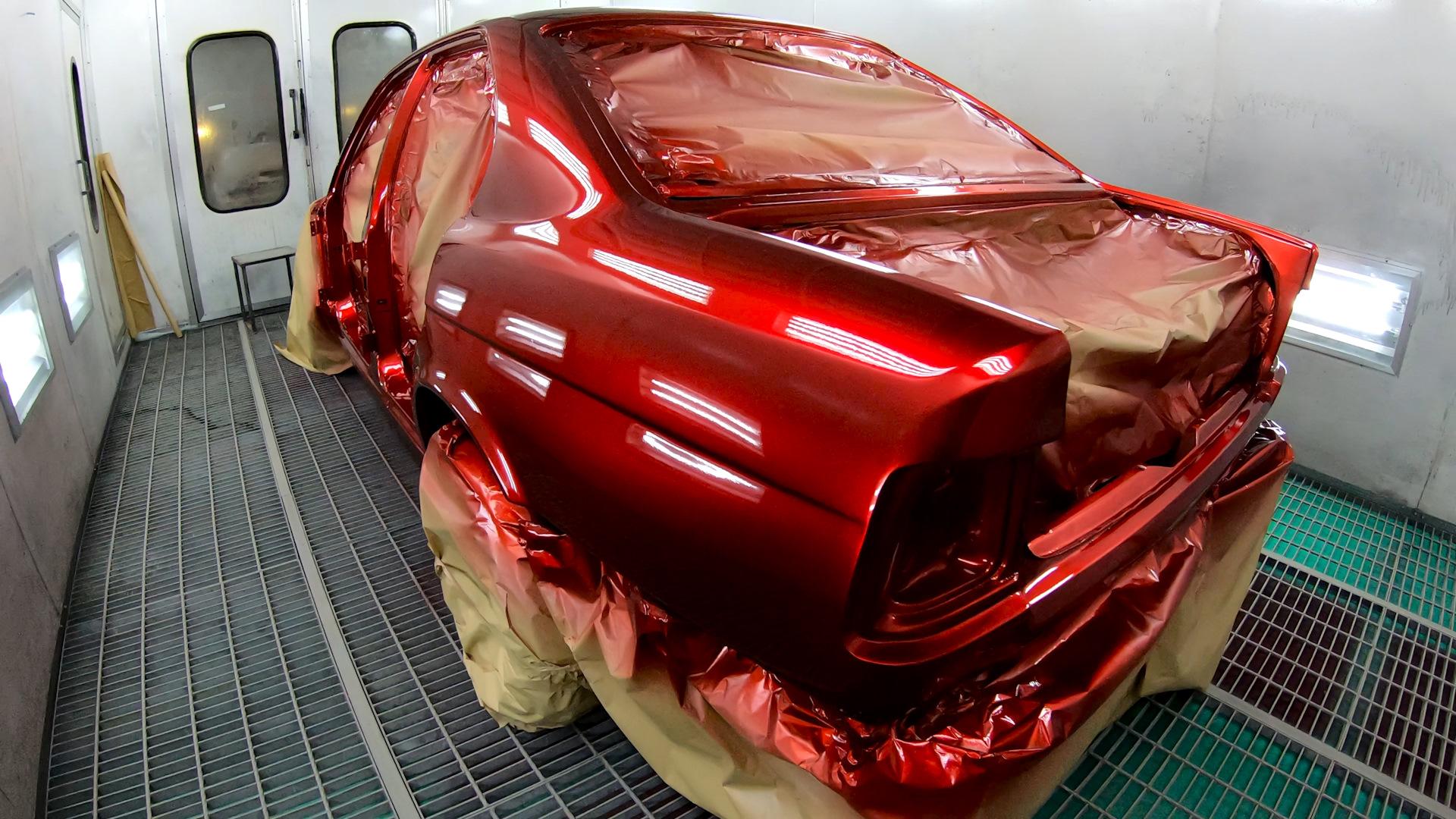 2. Disturbance of the body geometry
2. Disturbance of the body geometry
When a car is involved in a serious accident, its body can become deformed. The main sign is the gaps between body parts such as the bonnet, doors and boot. If the gaps are uneven, the doors close with difficulty or are not perfectly aligned, this indicates a violation of the geometry of the body. Such a problem often occurs after strong impacts, and it is quite difficult to correct it completely.
What should be done?
- Check the doors for opening/closing. The force should be consistent and even, taking account of natural wear and tear. Sagging, too light or, on the contrary, heavy opening/closing of the doors may be a sign of body repairs. Especially such phenomenon is alarming on ‘fresh’ cars. ‘Age’ cars can be attributed to the wear of hinges and locks, but, as a rule, only for the driver's door.
- Inspect the fasteners (bolts, nuts) for signs of unscrewing. Scratches and abrasions indicate that the part has been removed. It may have been replaced or repaired.
- Check the body geometry. Every car has factory-designed control points, the distance between which must comply with factory standards. Any deviation, even a small one, is a sign of body deformation.
3. Suspicious service history records
If the car is relatively new, it is fairly easy to check its service history through the relevant service centre. If you find sudden and significant repairs, especially to the bodywork, this could be a signal that the car has been involved in an accident. You should also be wary if the history is missing data for a certain period - it is possible that the car was repaired at that time and the seller is trying to hide this fact.
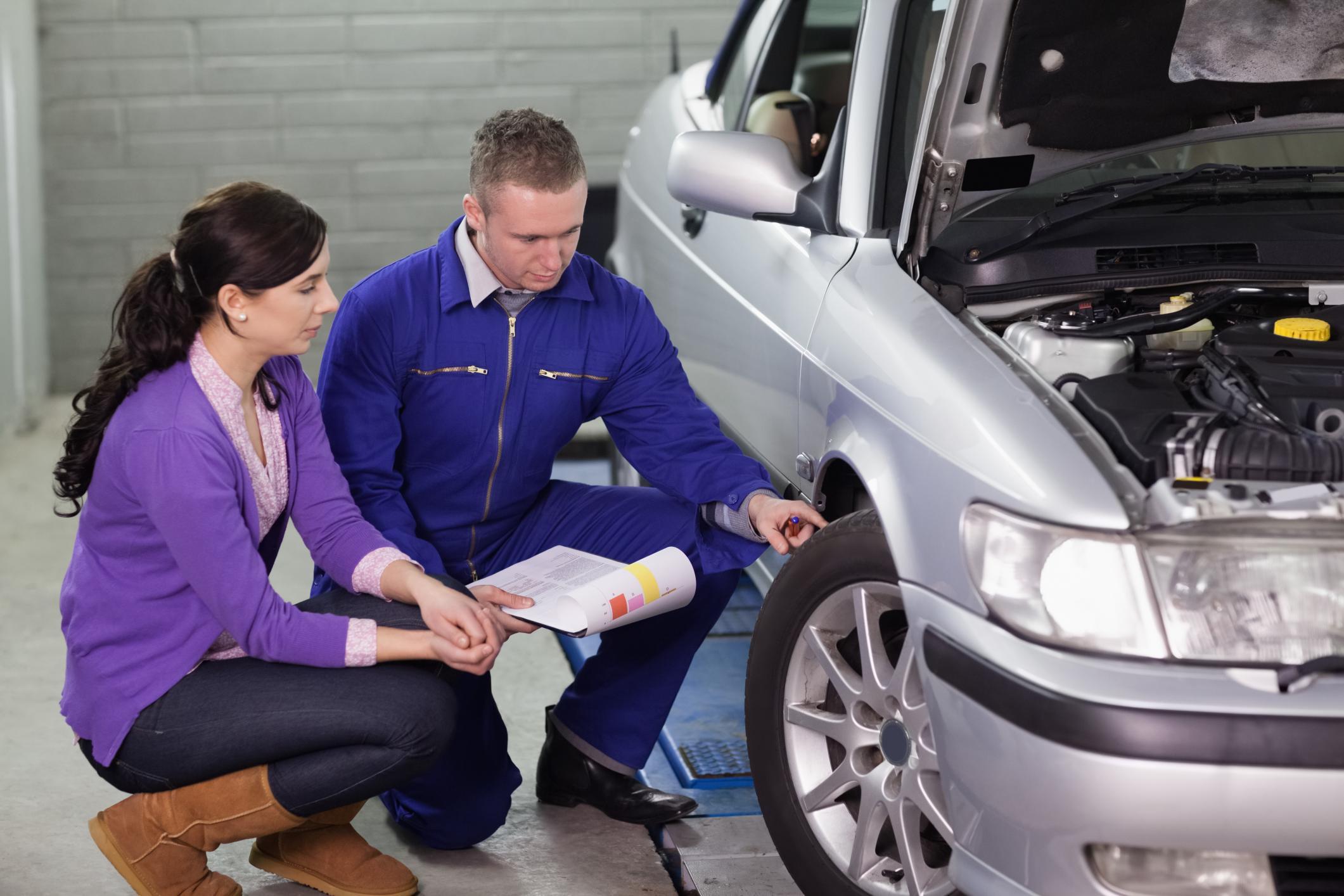
4. Unstable road behaviour
During the test drive, it is important to pay attention to how the car behaves on the road. If the car deviates from a straight path, vibrates when driving, or there is an unusual sound, it could be the result of damage to the suspension or chassis after an accident. Even if the vehicle looks fine on the outside, its behaviour on the road may reveal hidden problems.
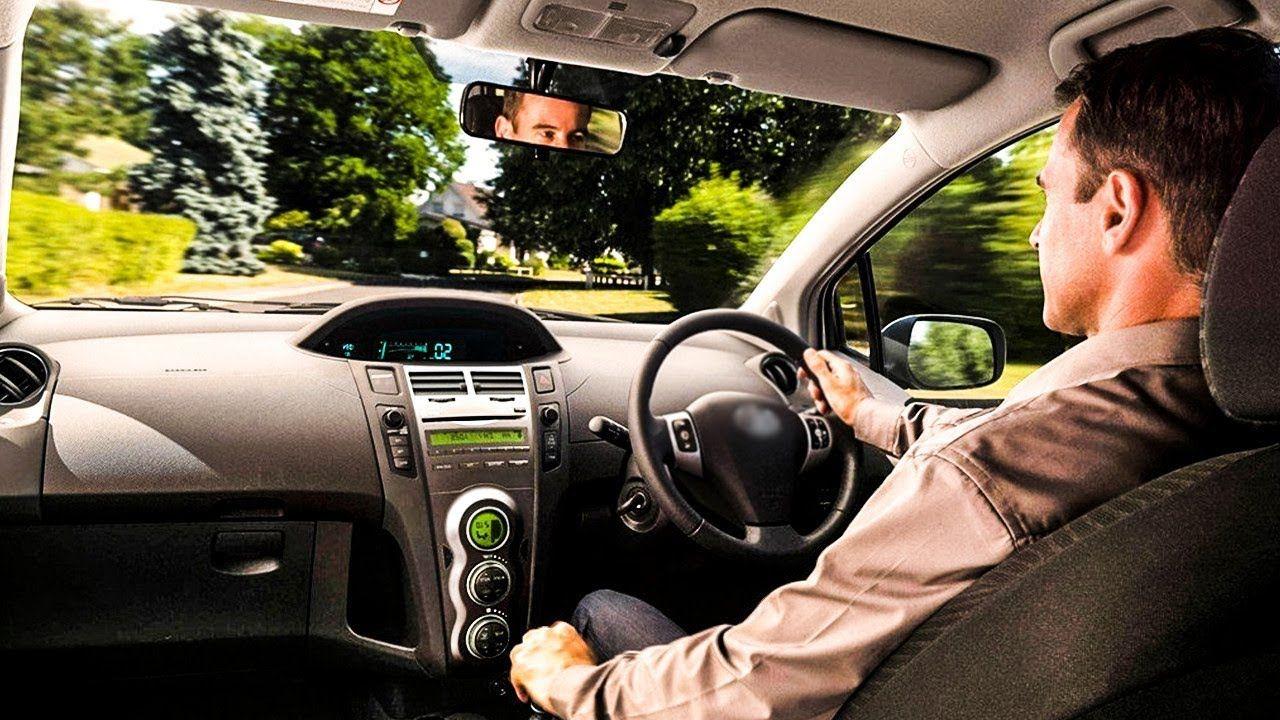
5. Traces of repairs in the interior, lack of airbags
The interior of a car can also tell you about its past. If you notice that certain parts of the interior (e.g. panels, upholstery or dashboard) look newer or are different in colour and quality from the rest of the interior, this may be due to repairs after an accident. Restoring the interior after a serious accident may involve replacing airbags and other elements, which may not always be done perfectly.
What should I do?
- Check the number of airbags that are fitted. The places where an airbag is fitted are marked with an AirBag. The declared number should match the number of marks. A discrepancy indicates that the airbag was deployed and another element without the inscription was installed in its place. If there are obvious deformations on the place of the cushion (difference in colour, bulges, scuffs, etc.), most likely, a cheater is installed.
- Check if there is any damage to the dashboard, frame and seat locking mechanism. Carefully inspect the interior trim. Unnatural damage may be the result of being involved in an accident.
- Inspect the underhood first when the engine is not running and then when it is running. When the engine is not running, carefully examine all assemblies for integrity and correct location, as well as the presence of leaks of working fluids. With the engine running, listen for foreign sounds and noises. The instrument readings should not change spontaneously.
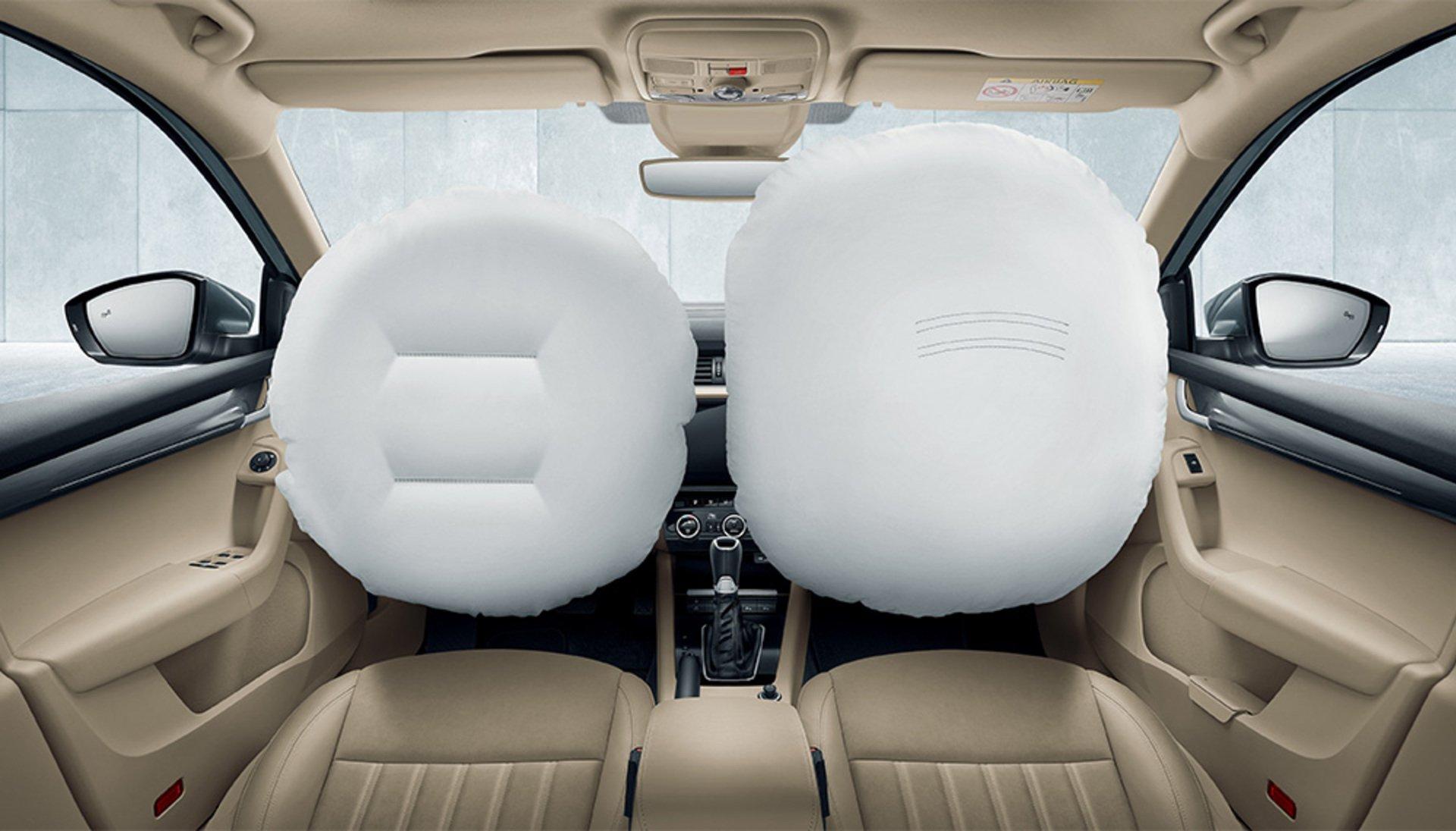
To summarise, vigilance and attention to detail can help you avoid buying a car with an unpleasant history. If any of the above-mentioned signs gives you doubts, it is better to consult an independent expert or refuse the deal.
For a large selection of cars visit the DOMCar website
Photos: pixabay.com, DOM

